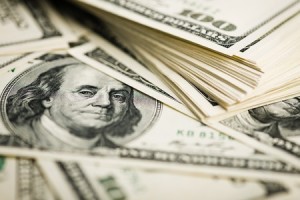President Aquino will leave an economy that will continue to expand at a faster pace and can be crisis-proof despite a global slowdown, according to international research firm Capital Economics.
In an April 5 report on the Philippines, Capital Economics said “there are good reasons to think that [Mr. Aquino’s] achievements will outlast his presidency,” hence it “remain[s] optimistic that the Philippines will continue to grow strongly over the coming years.”
In a statement on Thursday, the government’s Investor Relations Office (IRO) said the almost $300-billion Philippine economy was expected to grow by 6-7 percent in the medium- to long-term despite a change in administration by midyear, citing Capital Economics’ forecast. The government has projected the gross domestic product (GDP) to grow between 6.6 percent to 8 percent in the next four years.
On Mr. Aquino’s watch, the Philippine economy expanded by an average of 6.2 percent—the fastest average rate since the late 1970s.
According to IRO, Capital Economics noted the Philippines’ solid macroeconomic fundamentals, especially its current account surplus as well as manageable debt burden, which “will help ensure the Philippines avoid crisis situations in the face of global economic challenges.”
“Low levels of government debt and a current account surplus mean that, even if investor sentiment did take a sudden turn for the worse after the election, a crisis is unlikely,” Capital Economics said.
Last year, the Philippines posted a current account surplus of $8.4 billion, sustaining a surplus for 13 straight years. The share of general government debt to GDP, meanwhile, slid
to 36.8 percent as of September last year from 59.2 percent a decade ago, IRO noted.
IRO said Capital Economics “also recognized efforts to boost the manufacturing sector, which economists say has bigger multiplier effects on growth compared with the services sector.”
The manufacturing sector expanded 5.7 percent last year, bringing the average growth to 7.6 percent during the 2010-2015 period. In contrast, the manufacturing sector grew by a mere 3.2 percent from 2000 to 2009, IRO said.
Also, Capital Economics took note of the Philippines’ young population—with an average age of 23.5, which “will help keep the economy on the robust-growth trajectory,” IRO added.
“The Philippines is said to have recently entered the ‘demographic window,’ a period when a majority of the population belongs to the working-age group and, as such, economic production is likely to accelerate with sufficient investments in human capital development,” it noted.


